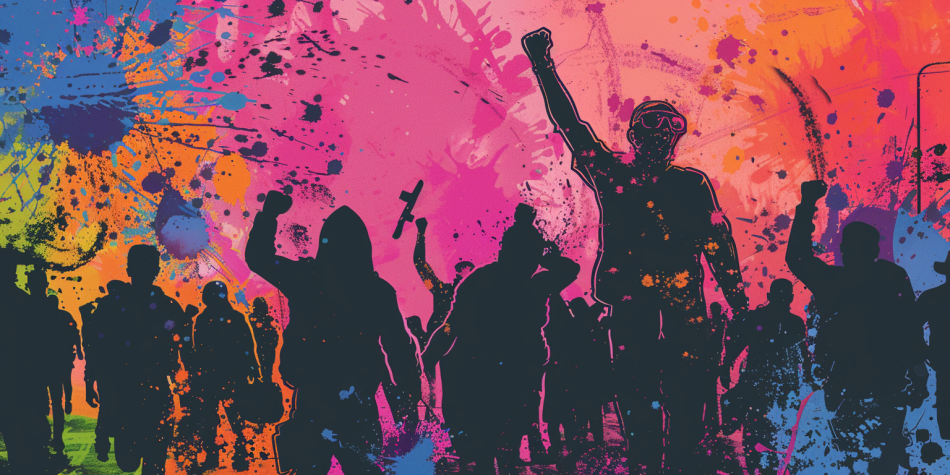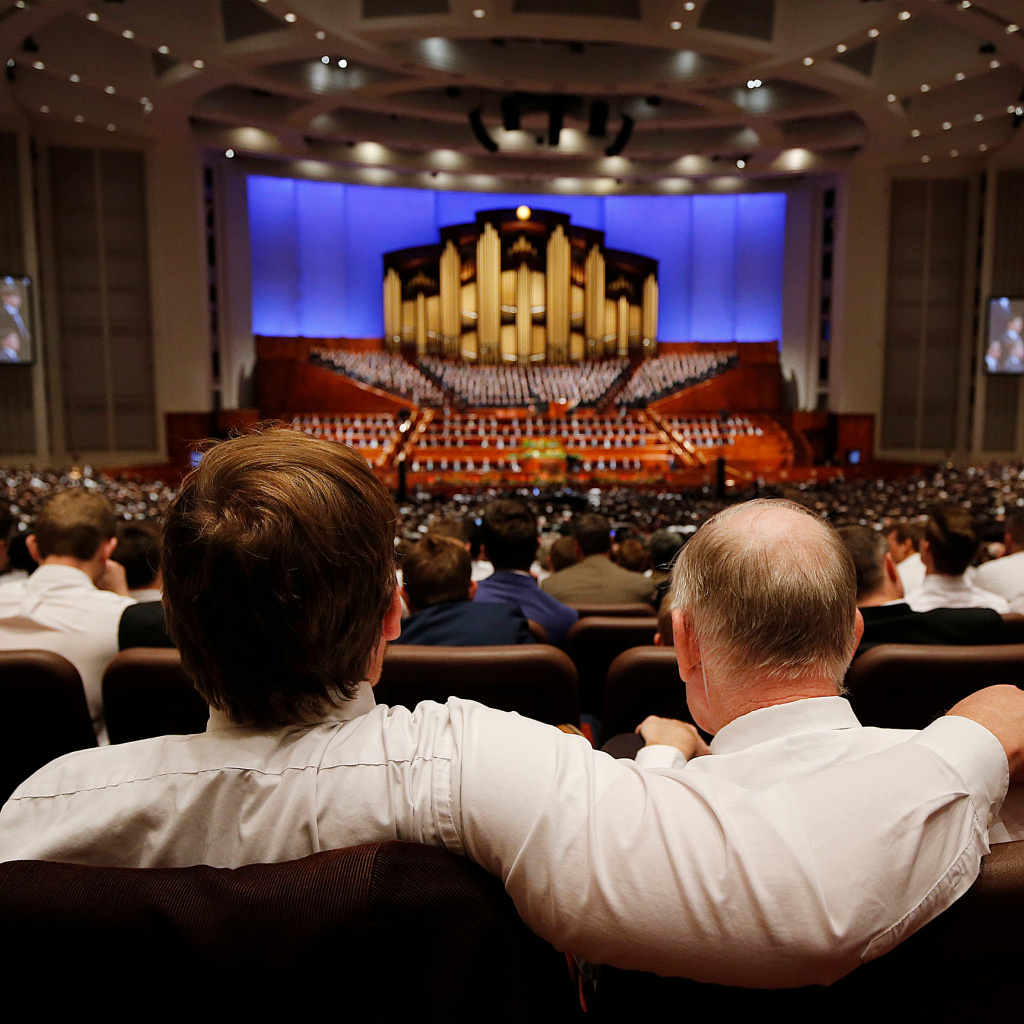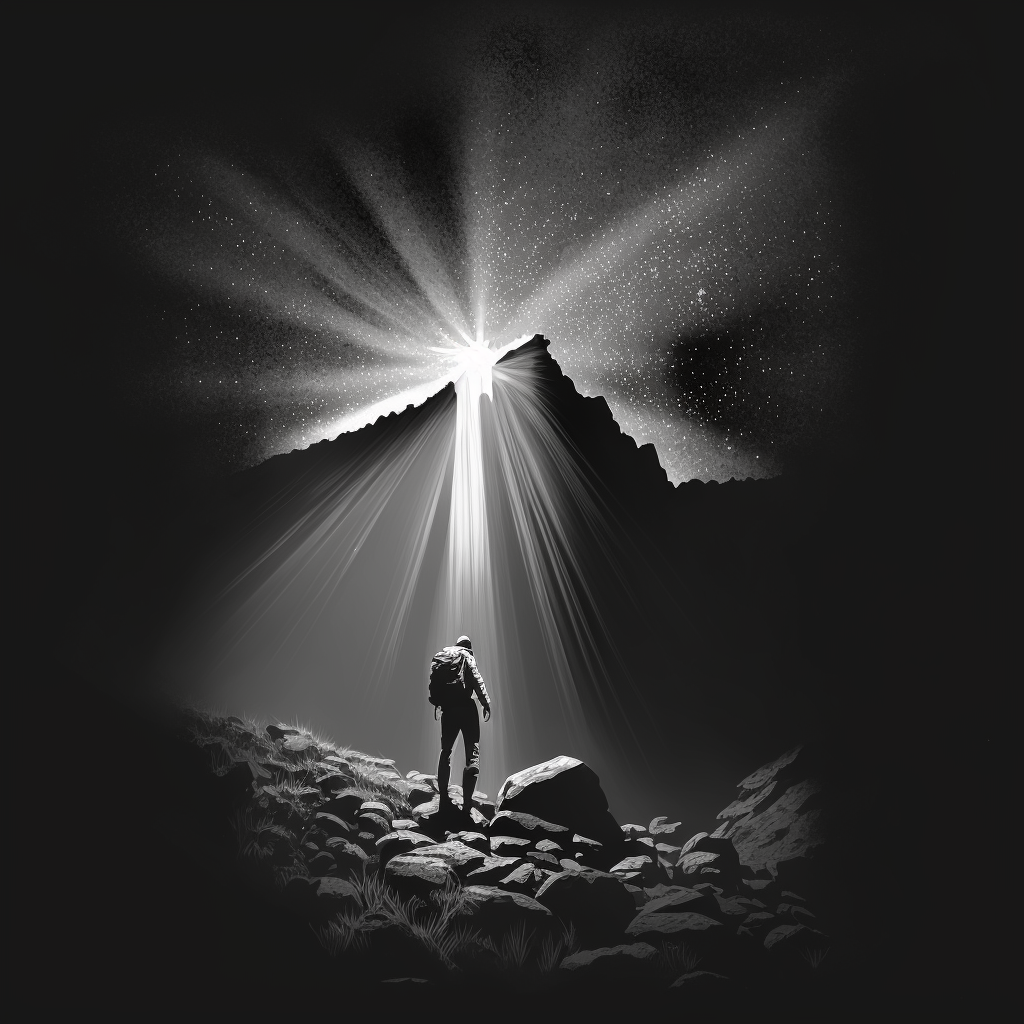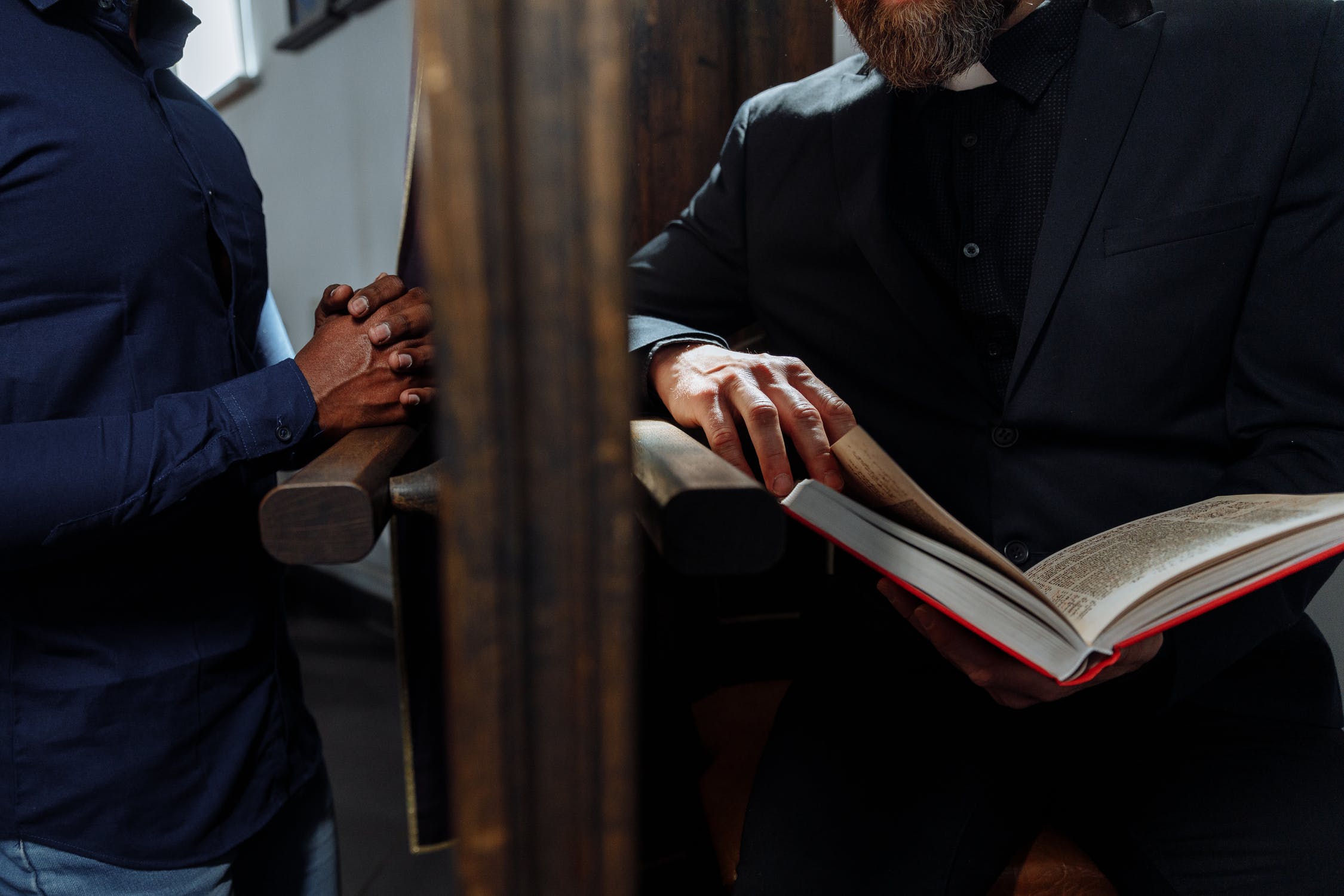Temples of The Church of Jesus Christ of Latter-day Saints leave large footprints. They are sized to serve about 40,000 members of the Church each. Like religious architecture throughout history, these temples are designed to be transcendent monuments to the glory of God, reaching up and pointing those who see them to the heavens.
But unlike the Notre Dame Cathedral or Angkor Wat, which were built in the twelfth century, today, these projects face zoning laws and a pluralistic public that does not all share the faith of the temple being built.
Naturally, we would expect these temple design projects to run into all the city development concerns that are consequent to any major twenty-first-century project. How will the project affect traffic, lighting, drainage, etc.?
Enter an unlikely ally: anti-Mormons.
Religious Freedom and Building
To be sure, anti-Mormons do not support the building of temples, but they do oppose them in ways that make it difficult for cities to legally turn down the Church’s land use requests.
To understand the legal context of temples and zoning disputes, there are three main legal issues to be aware of: the Supreme Court Case Church of the Lukumi Babalu Aye, Inc. v. Hialeah (1993), Masterpiece Cakeshop v. Colorado Civil Rights Commission (2017), and the 2000 Religious Land Use and Institutionalized Persons Act.
Church of the Lukumi v. Hialeah
In 1987, a church that practiced the Santeria religion announced it was going to rent space to practice its faith in Hialeah, Florida. The Santeria faith is a combination of Roman Catholicism with indigenous West African religious practices, including the sacrifice of animals. Temples are designed to be transcendent monuments to the glory of God.
To prevent the faith from moving in, the city passed a law outlawing sacrificing animals for non-food purposes. In a 9-0 decision, the Supreme Court ruled against the city of Hialeah. The Supreme Court found that because the law was targeted at a specific religion, it was not legal. They also emphasized that when laws directly target religious practice, they must serve a “compelling governmental interest” and be “narrowly tailored to that interest.”
Masterpiece v. Colorado
In 2017, the Supreme Court faced a case where a local civil rights commission had punished a man for not creating a customized cake for a same-sex wedding. The commissioner of the Civil Rights Commission had called the man’s religious perspective “despicable.”
The Supreme Court ruled 7-2 that this ruling couldn’t stand because it was motivated by anti-religious animus. This case is distinct from temple cases in that it’s about a private citizen. But it’s relevant because it narrowed the scope of the motivations that local government bodies can use in ruling against religion.
The Supreme Court didn’t say whether or not the commission could have ruled against the man, only that because they allowed exceptions to the civil rights laws for secular reasons, they couldn’t single out religious reasons for prosecution, and they couldn’t be motivated by hatred of that religion.
Religious Land Use and Institutionalized Persons Act
The RLUIPA (rhymes with “chalupa”) passed in 2000 in a unanimous voice vote. It deals with the religious rights of prisoners, but the section we’re concerned with talks about how zoning laws intersect with religion.
In essence, the law says that city governments can’t treat religions worse than other groups for zoning purposes. It also says that to restrict land for religious use, there must be a compelling government reason, and the restriction must be the least restrictive possible way to accomplish that goal.
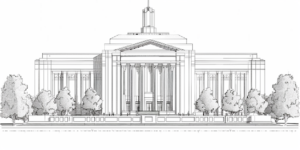
Taken together, this legal landscape means that in order for a city government to push against the building of a temple, they must have a really good reason; there can’t be any other way to accomplish that goal, and their motivation in creating that restriction must not be anti-religious animus or hatred. It’s that last point where anti-Mormons are proving so helpful in building temples.
Anti-Mormon Animus
Though the Church of Jesus Christ has dealt with fewer deconverts over the last generation than many faiths, there has still been enough to generate a group of anti-Mormon agitators with public podcasts or YouTube channels.
These anti-Mormon activists clearly have what the courts describe as anti-religion animus. That sounds negative, but it’s a simple factual description. It doesn’t mean they’re not justified, or that what they’re doing is wrong or that they don’t have the right to persuade people away from a faith that they don’t care for. It just simply means they are against the Church of Jesus Christ for religious reasons. And it’s those kinds of reasons the Supreme Court and the RLUIPA are concerned with city governments using. Anti-Mormon activists clearly have what the courts describe as anti-religion animus.
These anti-Mormon platforms will swoop into a local zoning issue and create an alliance with those who oppose a temple proposal for civic reasons, such as lighting or traffic concerns. These channels provide a platform for locals to spread their concerns. They recruit opposition from outside the local area. Those from outside the area have little reason to engage in these local issues other than anti-Mormon animus, and so when they add to public debate about the zoning questions, it often takes the form of accusing the Church of being a cult, pedophiles, or non-Christian. Because these accusations are much more emotionally potent than debates about the timing of sidewalk installation, those who oppose the temple adopt these arguments in their public advocacy.
These channels also provide novel reasons to oppose the temple for the local opposition to latch onto. These reasons are often tightly connected to the anti-Mormon animus of their hosts, such as stating the Church is a bully or doesn’t follow rules. This is often supplemented with Google-level quality legal analysis.
This pattern has been particularly notable in Las Vegas, where I live.
There, the Church of Jesus Christ bought a property where a temple could be legally built. However, it is near a rural preservation neighborhood, and some within that neighborhood had concerns about the temple’s impact. When the temple site was first announced in December 2022 and up until the first townhall meeting in February 2024, these concerns were largely centered around civic issues.
These anti-Mormon agitators then introduced their animus-based concerns to the locals, which took on an outsized influence in their lobbying.
For example, the petition the opponents put together to oppose the temple project included reasons for signing that were based primarily on anti-Mormon animus such as, “WAKE-UP YOU IGNORANT SO CALLED WORSHIPERS there are a lot better ways to spend your money,” or “The temples of this lunatic cult are an abomination,” among others. These comments are not based on the civic concerns of the local population but on the animus introduced by these outside sources.
By the time the opposition presented to the Las Vegas Planning Commission on May 14, 2024, their main presentation didn’t orbit around the ordinary civic concerns they had at the beginning of the process. Instead, they spent their 27-minute presentation making a hail-Mary presentation to prevent the temple entirely. That presentation focused on the bad legal readings and conspiracy theories that had been introduced into the debate by the outside agitators.
The public comments in opposition were rife with ideas that had been introduced into the debate by these animus-motivated outsiders, such as describing the temple as “sight pollution,” suggesting the temple’s location violated the law or comparing the steeple to a phallus.
One eleven-year-old, Simon Jayme, who lives a few minutes from the proposed temple site, had attended to learn more about the civic process and was seated near the opponents. He described much of their opposition as rooted in anti-religious animus. He described to me, “The crowd of the opposition was ill-mannered. … They rolled their eyes and said things like ‘Oh brother’ or ‘Oh please.’”
When supporters were asked to stand up so the commissioners could see the support for the temple in the room, Simon reported, “Some exclaimed right out of their seats that we were from out of town.”
That latter theory was introduced by these anti-Mormon agitators as a way to dismiss the public show of support for the temple. These claims are made without evidence because the hosts of these platforms have an anti-Mormon confirmation bias that makes them susceptible to these theories.
In essence, what these anti-Mormon channels have done is take legitimate civic reasons for considering temple locations and make them very difficult for local governments to consider by inextricably mixing them in with rationales motivated by illegal-to-consider religious animus. Anti-Mormonism is hate, and it has no place in the halls of government.
Two months after the planning commission meeting, Mayor Carol Goodman began the city council proceeding regarding the Las Vegas temple with extended remarks disclaiming the animus-based rhetoric, and repeatedly repeating that the debate was not about religious issues. Because no civic leader wants to make the same misstep the Colorado Civil Rights commissioner made by introducing anti-religious animus into the commission’s decision-making, which caused their entire case to be lost, those considering temple proposals will steer clear of these kinds of arguments, such as Goodman did. The result was that the Las Vegas Planning Commission approved the temple unanimously, and then the Las Vegas City Council approved the temple unanimously.
These anti-Mormon interlopers are interfering with what otherwise could be negotiated legislative processes, turning them into litigious win/lose scenarios. And because of the relevant laws at play and the animus these groups introduce, the Church is well positioned to succeed if they, in fact, become legal disputes down the road.
Let me be clear—anti-Mormonism is hate, and it has no place in the halls of government in our pluralistic society. But for Latter-day Saints hopeful to have temples closer to their home, they may actually be an unwitting ally. So the next time you attend a temple open house, perhaps thank an anti-Mormon; they may have helped make it happen.
Correction: The original version of the story said the temple site was first announced in February 2024. It has been corrected to reflect its December 2022 announcement.

